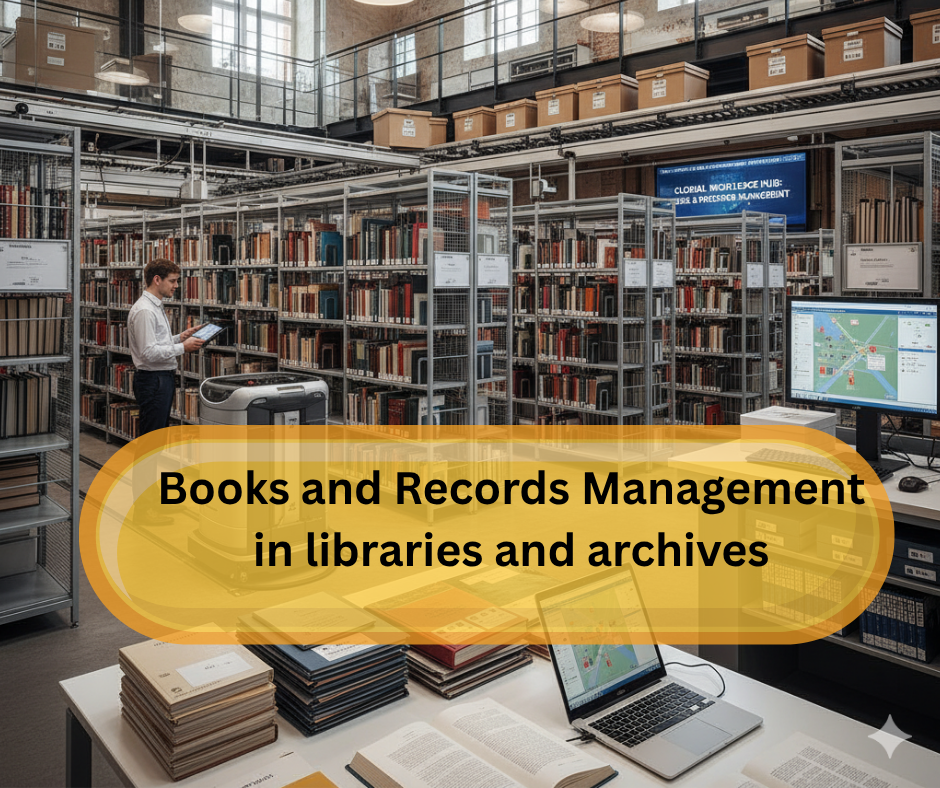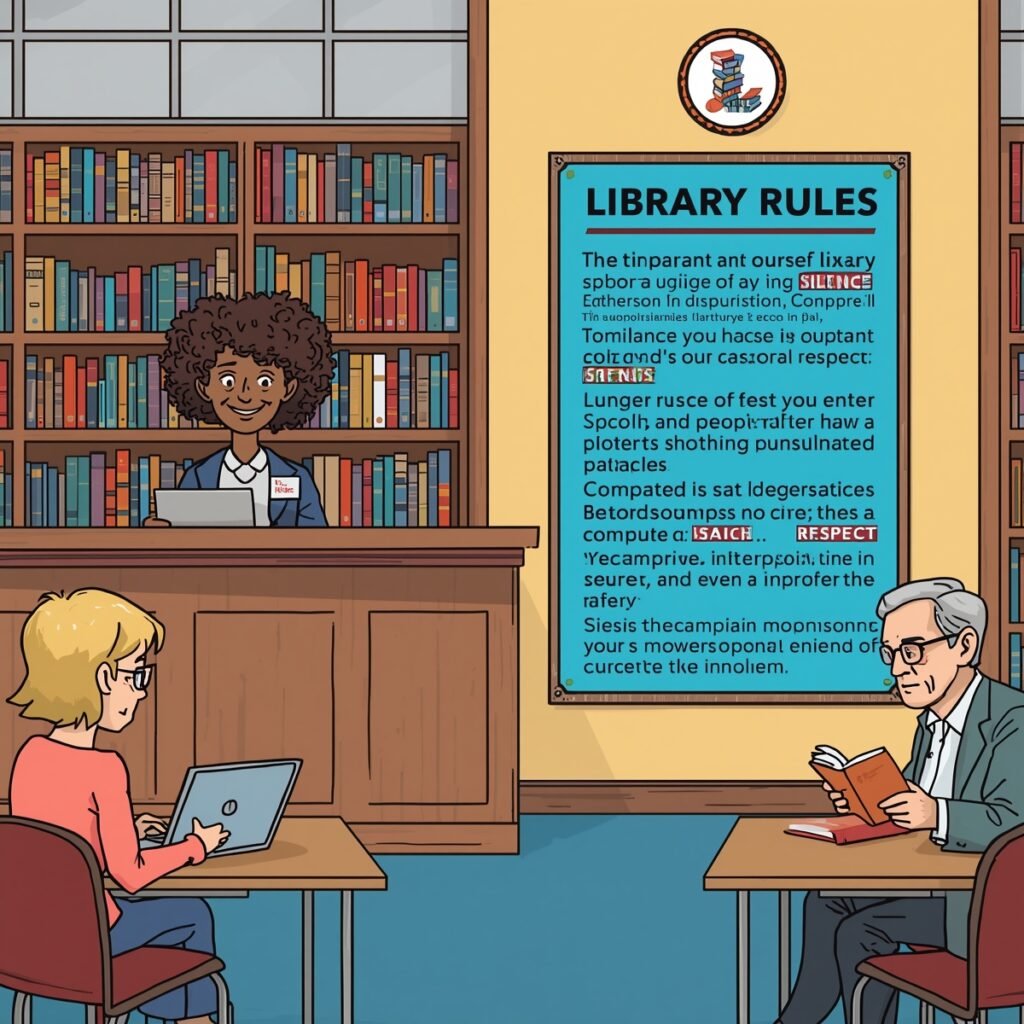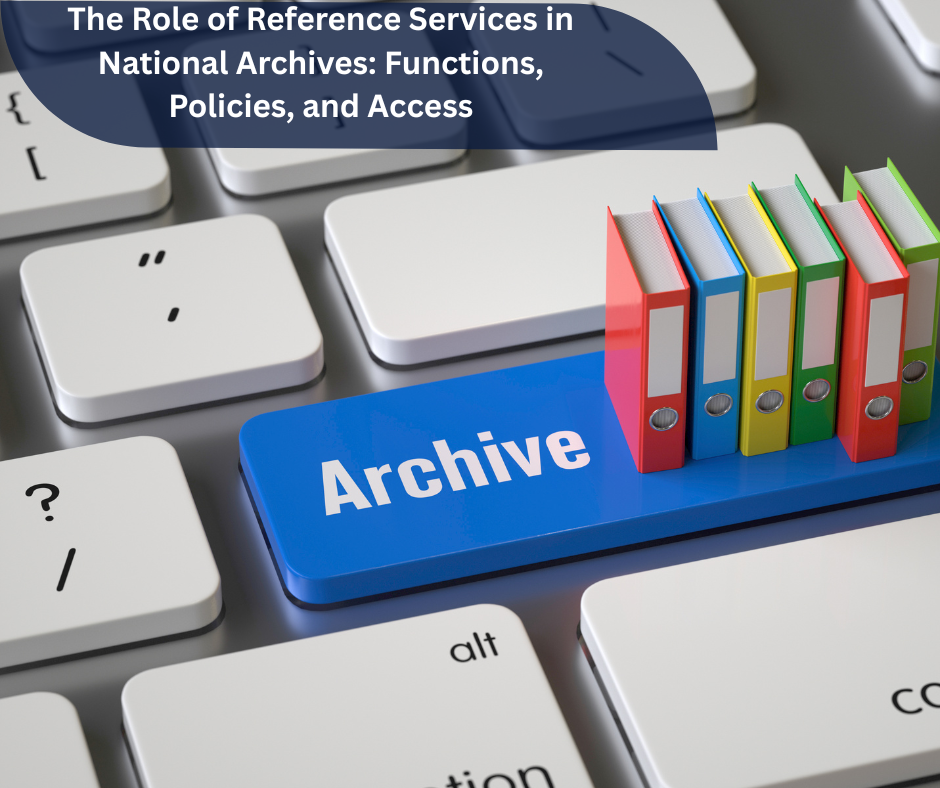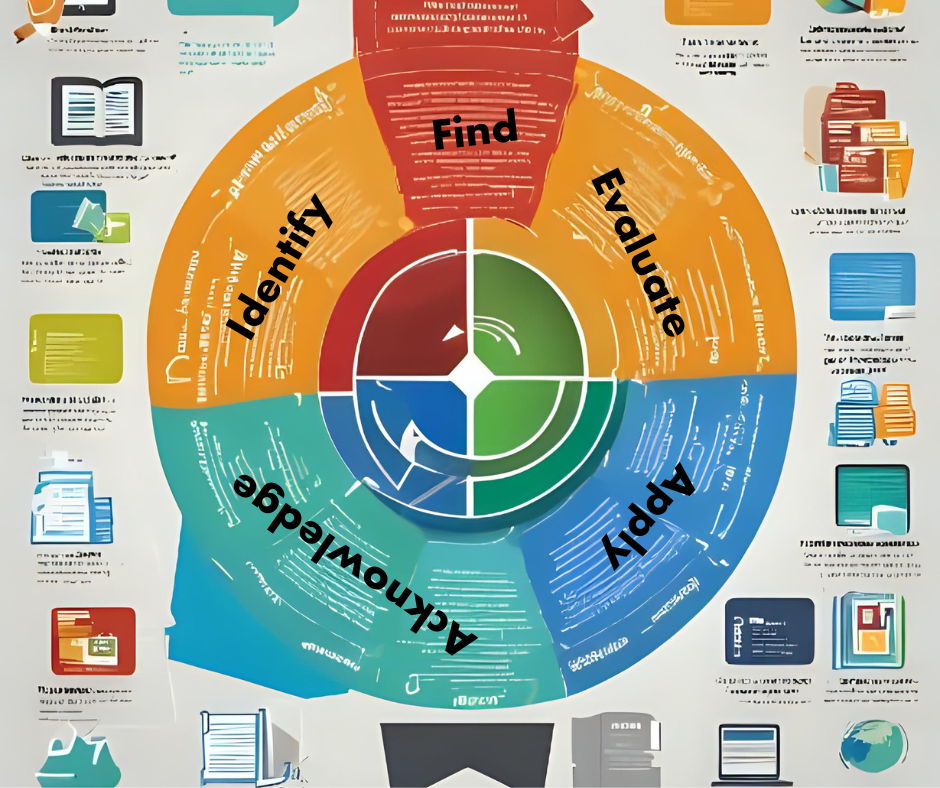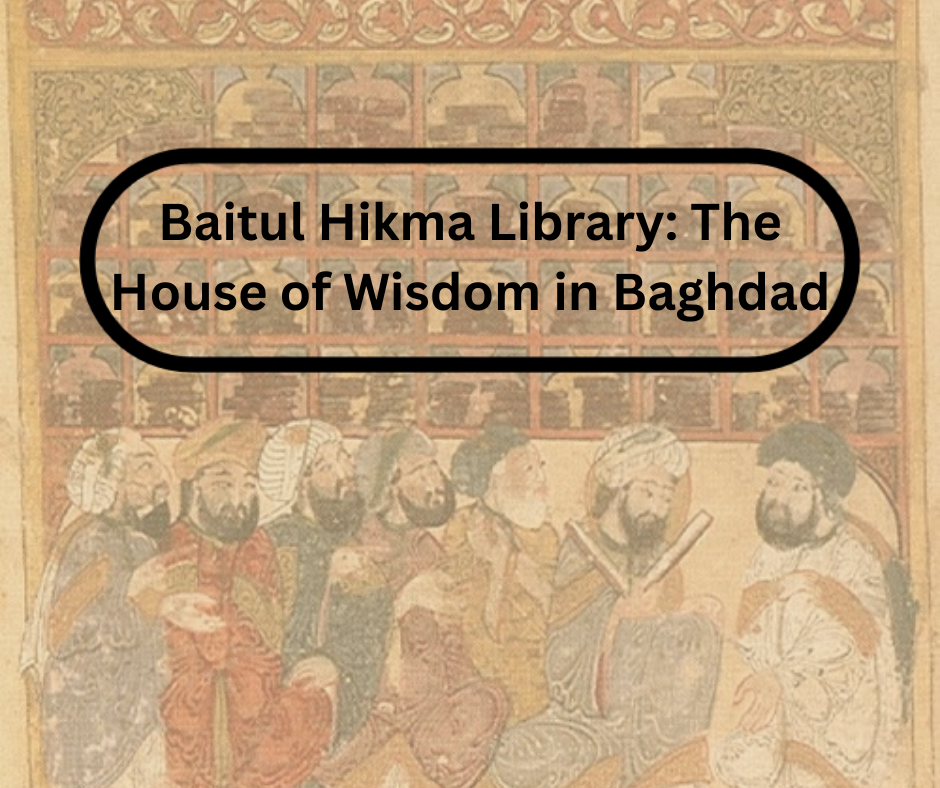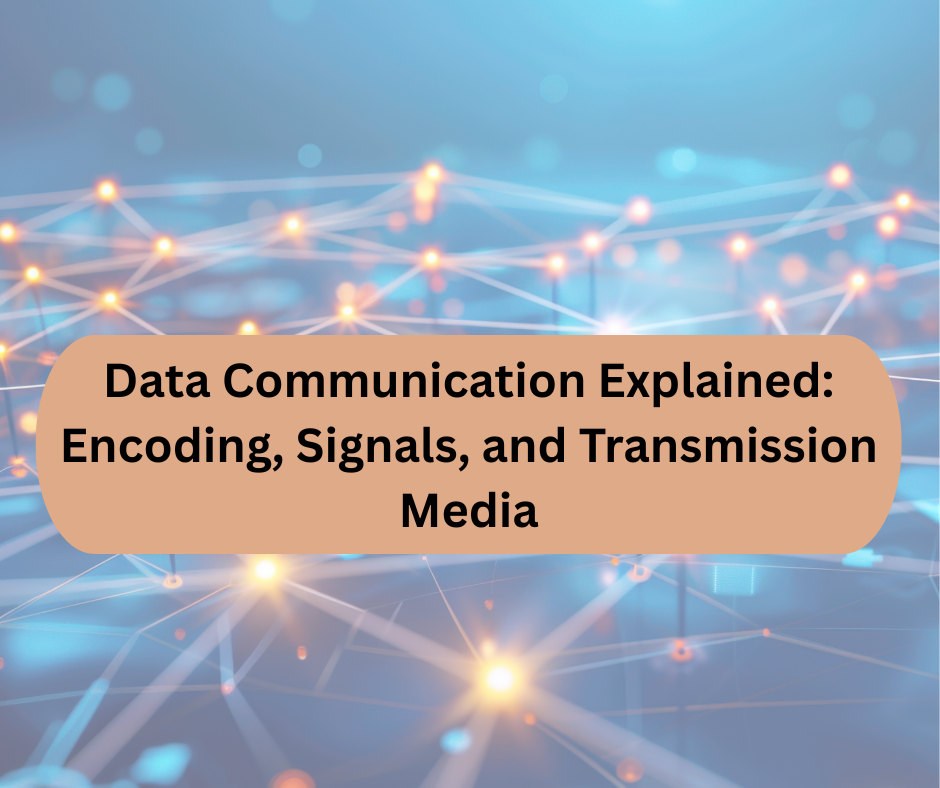Books and Records Management in Libraries and Archives
People have had a natural desire to preserve since the beginning of time. It has been manifested, particularly through the nurturing of ideas. When creative ideas are recorded and given form, people take action to ensure their permanence. The library institution was founded on the idea of determining the proper methods of preserving books, books, […]
Books and Records Management in Libraries and Archives Read More »
